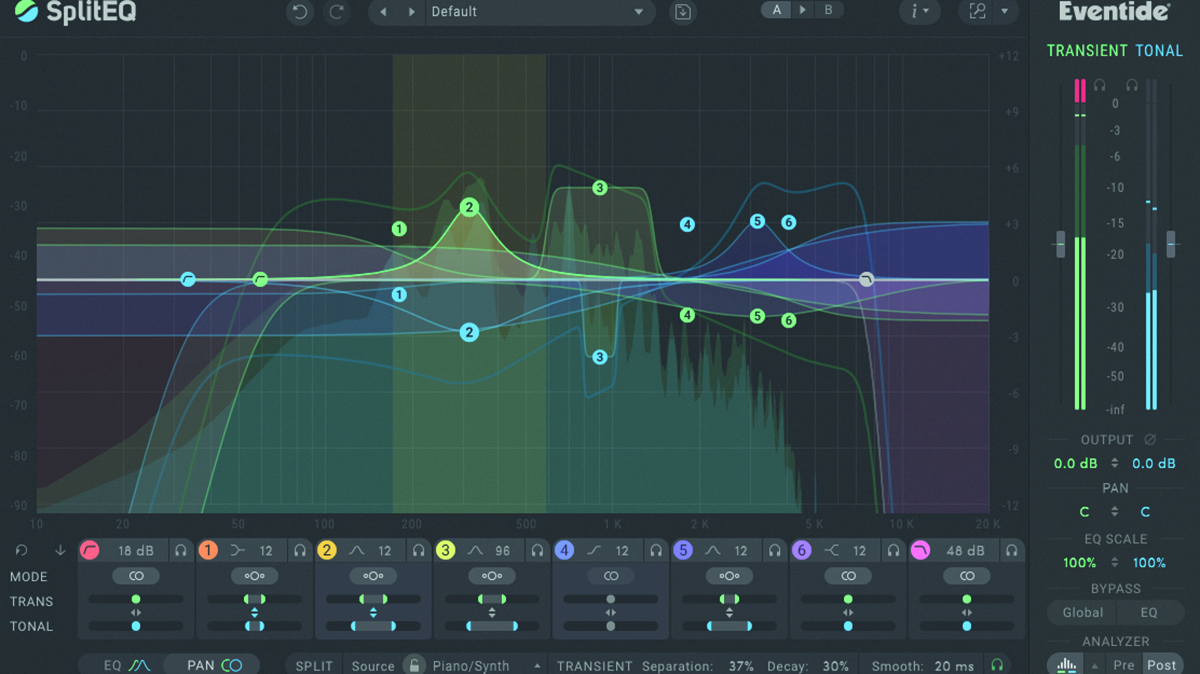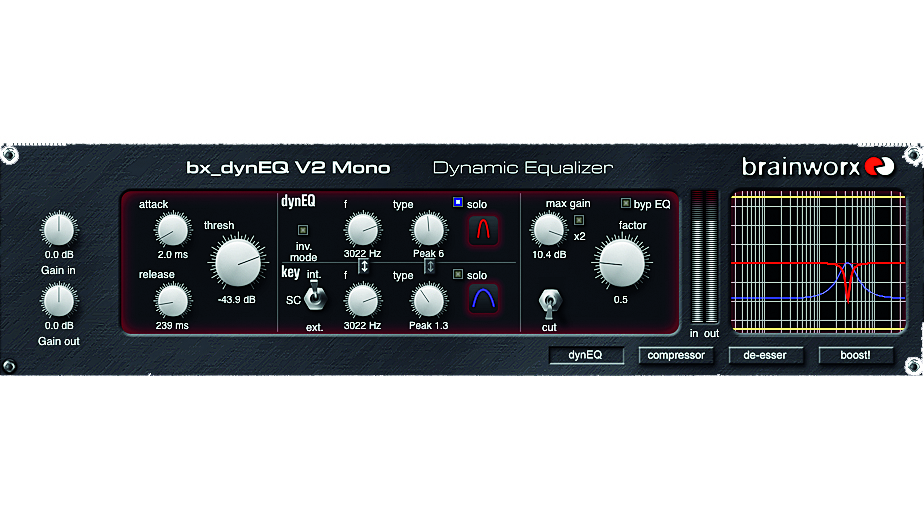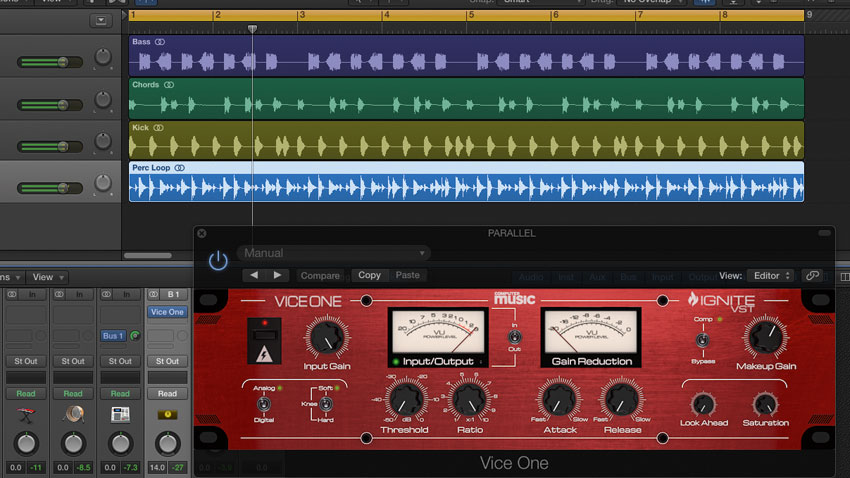10 essential tips for EQ and dynamics processing
Polish and lift your mixes with these tried and tested techniques

EQ and dynamics processors are some of the most powerful tools available to producers and mix engineers. It's essential to understand their capabilities if you want to create a professional-sounding mix.
Here are ten ways that you can use them to refine your sound.
1. Sweep up
EQ sweeping is a technique that helps locate problem frequencies and find sweet spots. Select a bell-shaped EQ with a fairly sharp Q, then add a boost of 12dB or more. Sweep the frequency control until the element you want to adjust ‘pops out’.
For musical parts with changing notes, you may have to do this a few times to home in on them. With frequencies established, you can confidently apply more musical boosts or cuts.
2. On the down low...
When EQing bass, a useful trick is to combine a high-pass filter with a low shelf or bell. This gives you the flexibility and musicality of the low band with the tailoring precision of the filter, and helps keep the very low frequencies in check.
A good starting point is to set your filter at around 50Hz with a medium slope. Keeping an eye on your frequency analyser or monitoring with a subwoofer can really assist with decisions here.
3. Rhythmic gating
To create rhythmic sounds from any audio, the easiest way is to use a sidechained gate.
Want all the hottest music and gear news, reviews, deals, features and more, direct to your inbox? Sign up here.
The gate itself will include a threshold, attack, release and hold time, allowing you to specify how it opens and for how long. Meanwhile, a rhythmic key triggers it to open. By using an instrument as the key you can either program or (for more fun) actually play the keying signal, making the whole process pretty creative, too.
4. Dynamic EQ
There are times when you may need to curtail frequencies dynamically, so that they’re only controlled when they happen. The most typical example of this is a de-esser. However, more general frequency-conscious processors can be used anywhere.
Dynamic EQs should not be overlooked - these will typically allow you to solo and specify the key signal frequency and then set the compression amount all within one interface. Often, the compression circuit will allow you to select how broad the action is, offering a good deal of precision.

5. Sharp cuts
Powerful parametric EQs are great for sorting out honking frequencies or loud notes. Use EQ sweeping or a frequency analyser to fine-tune the point (or points) and then cut with a sharp Q. Deep, sharp cuts can work well without affecting the surrounding frequencies.
6. Parallel compression

Compression adds flavour but can reduce transient definition and punch. For the best of both worlds, try ‘parallel compression’: split the signal into two channels and compress only one, then blend them together to balance flavour and punch. Some plugins have mix controls for this, but using twin channels is more flexible.
7. Duck it
Although it’s possible to use automation to ‘ride’ levels of competing mix elements, you can also insert a gate on the track that you want controlled, and then key it from the sound that you want to keep audible. It’s great for ducking sounds such as guitars or lead synths when they’re competing with vocals.
8. Overshoot shapes
Shelving EQs vary in shape with many lifting frequencies very broadly. Sometimes you’ll want this, but it can also create too much lift. This is where an ‘overshoot’ shape can come in handy, as increasing the Q setting will eventually lead to a dip just before the lift, creating vital frequency space.
9. Tame your reverb
Reverbs can occupy lots of frequencies, and in isolation this can sound very impressive. But in reality, it can make things muddy too. By using a low-pass and high-pass filter after your reverb return, you can quickly tailor the sound without getting bogged down with the plugin’s own parameters.
10. Snap!
A compressor can be a great tool for shaping the envelope of a sound, especially drum beats. By using a slower attack and faster release alongside an auto gain make up option, it’s possible to retain some attack, and almost ‘clamp’ the remainder of the sound, for a punchy effect known as snap compression.


Computer Music magazine is the world’s best selling publication dedicated solely to making great music with your Mac or PC computer. Each issue it brings its lucky readers the best in cutting-edge tutorials, need-to-know, expert software reviews and even all the tools you actually need to make great music today, courtesy of our legendary CM Plugin Suite.
